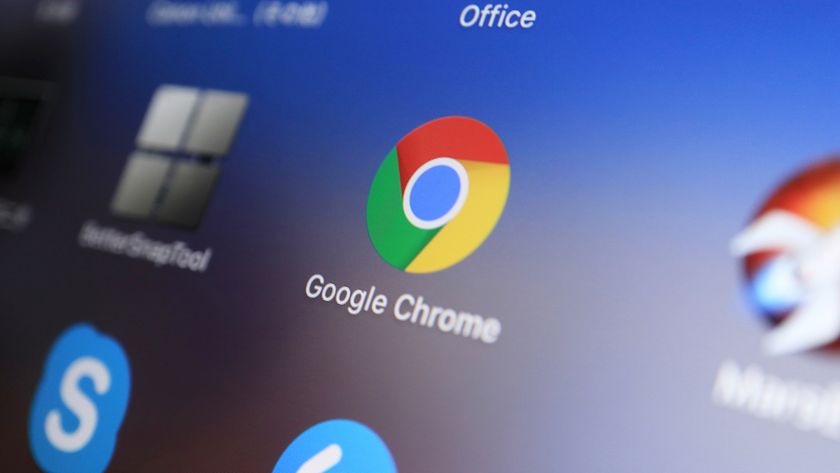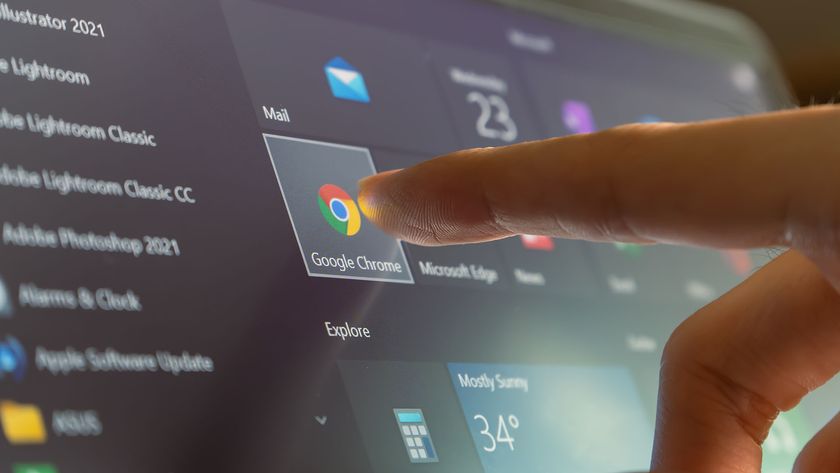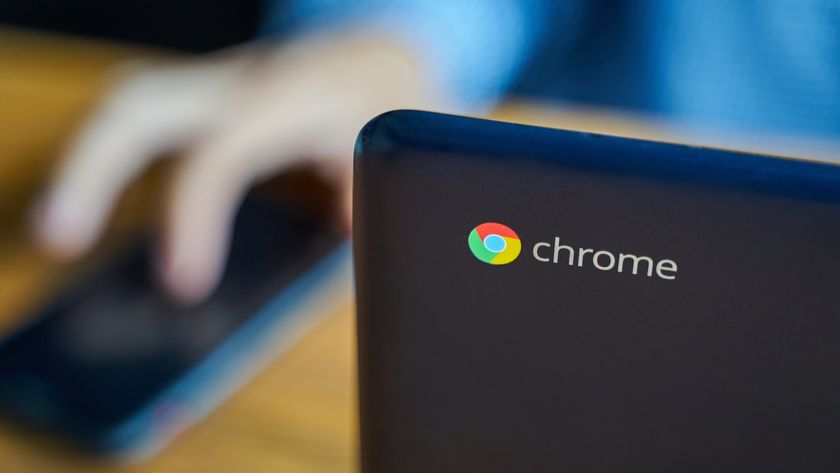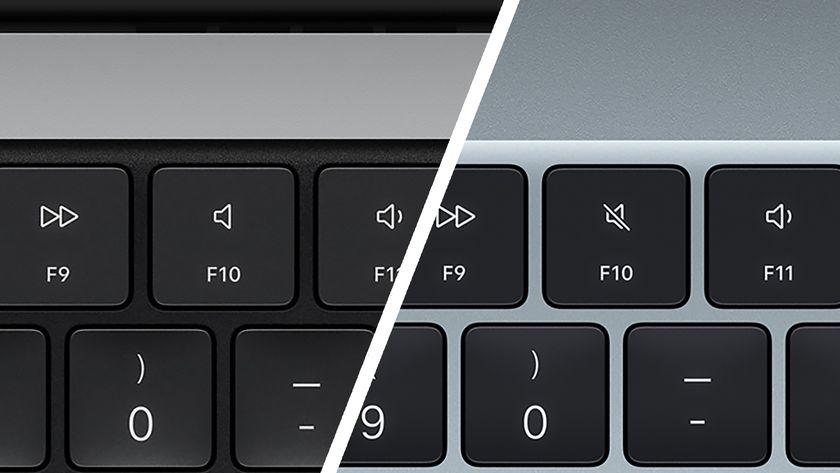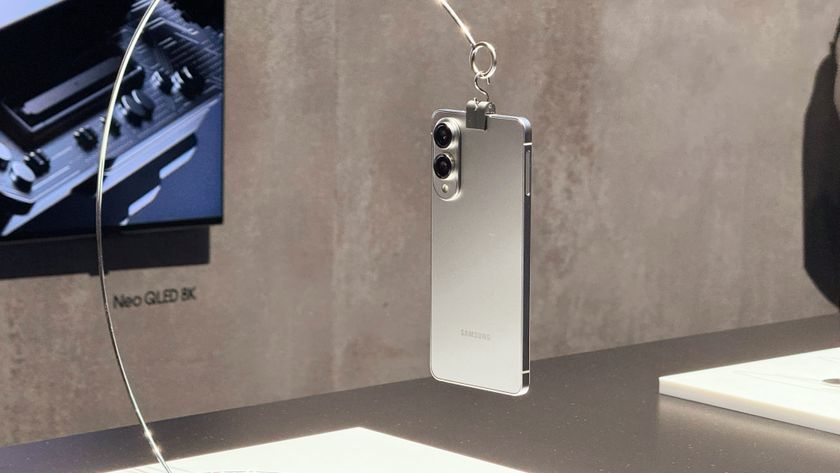Google Chrome is now marking all HTTP sites as ‘not secure’
New warning aims to keep users safer
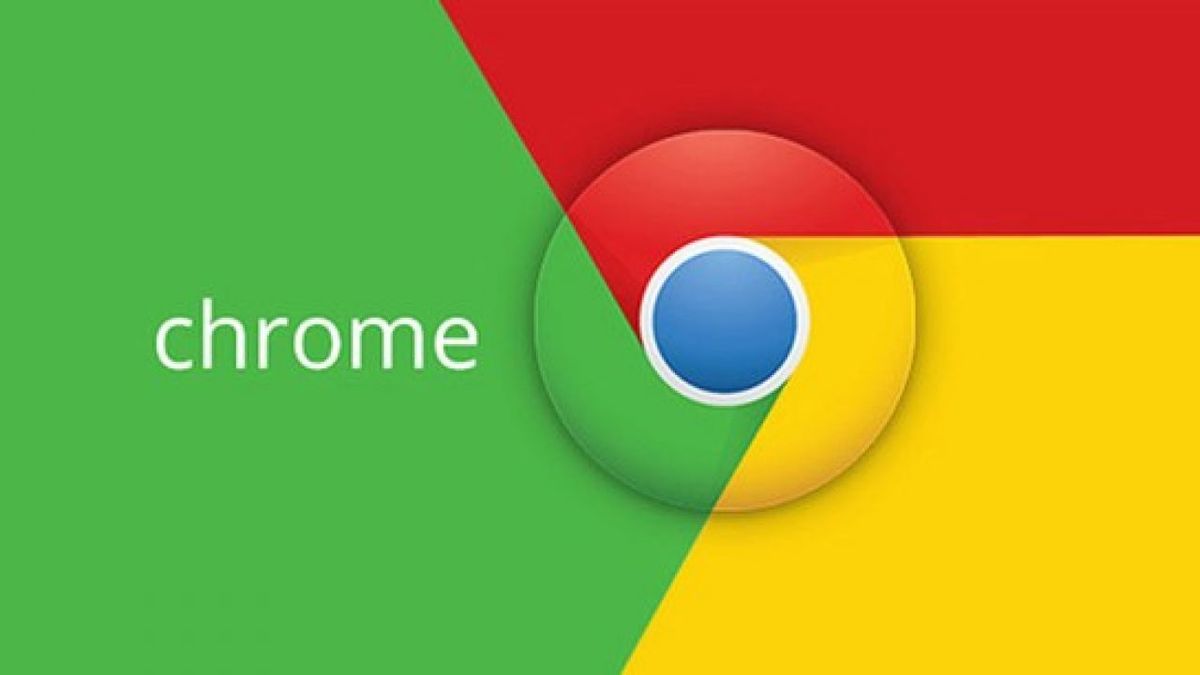
Google has made good on its two-year old promise of making the internet a safer place by naming and shaming unencrypted sites. While the search giant began to roll out ‘not secure’ warnings for HTTP sites with the release of Chrome 56, the latest version of the browser now has a marker for all unencrypted sites.
The warning appears in the URL bar: instead of the usual green padlock and the word ‘Secure’, you’ll see the words ‘Not secure’ if you land on an unencrypted page. Clicking on the label will display a warning advising users against entering any sensitive information into the page, like personal details and credit card info.
For the most part, the warning is meant for developers of the sites to adopt HTTPS protocols – which adds encryption between the user and the website they’re visiting – and is not a notification that a user has been hacked.
- Read more: Google Chrome review
Tighter security
HTTPS sites are a lot more secure; they prevent malware attacks, keep third parties from pushing targeted ads and prevent cryptocurrency mining.
Google has been urging developers to make the change for a couple of years now. With the release of Chrome 56 in 2016, all HTTP sites that needed a password or contained payment fields were marked with a ‘not secure’ warning, while Chrome 62 saw any HTTP site opened in an Incognito Window.
All these measures seem to have paid off; Google notes that most of the Chrome traffic has already adopted HTTPS protocols.
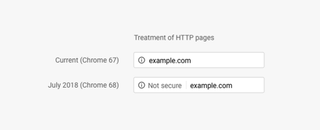
The fight continues
Google’s security measures don’t stop with Chrome 68. The next version of Chrome is set to launch in September this year and will see the green ‘secure’ label associated with encrypted sites appear as a less prominent black in the address bar.
Get daily insight, inspiration and deals in your inbox
Sign up for breaking news, reviews, opinion, top tech deals, and more.
While HTTP sites are currently marked ‘not secure’ in black, October’s Chrome 70 version will display the warning in red.
A future version will remove the ‘secure’ label from HTTPS sites completely, reinstating Google’s stance that security should be the norm.

While she's happiest with a camera in her hand, Sharmishta's main priority is being TechRadar's APAC Managing Editor, looking after the day-to-day functioning of the Australian, New Zealand and Singapore editions of the site, steering everything from news and reviews to ecommerce content like deals and coupon codes. While she loves reviewing cameras and lenses when she can, she's also an avid reader and has become quite the expert on ereaders and E Ink writing tablets, having appeared on Singaporean radio to talk about these underrated devices. Other than her duties at TechRadar, she's also the Managing Editor of the Australian edition of Digital Camera World, and writes for Tom's Guide and T3.
